Managing Educational Content with Orbitype and Modern JavaScript Frameworks

Understanding Orbitype and Its Capabilities
Orbitype is a headless CMS designed to streamline content management by decoupling the content backend from the front-end presentation layer. This API-driven approach provides flexibility, allowing developers to deliver content to any device or platform through robust APIs.
Key Features of Orbitype:
Headless CMS: Unlike traditional CMS platforms, Orbitype focuses solely on content management, providing an API for content delivery, which allows developers to build custom front-ends using any technology.
Scalability: Orbitype is designed to handle large volumes of content, making it ideal for educational platforms that require extensive resource libraries, course materials, and multimedia content.
Flexibility: The API-driven nature of Orbitype ensures that content can be delivered to multiple platforms, including web, mobile, and IoT devices, providing a consistent user experience across all devices.
Benefits for Educational Content:
Scalability for Large Content Volumes: Educational platforms often need to manage extensive libraries of courses, videos, and documents. Orbitype’s architecture ensures that it can scale effortlessly to handle this load.
Ease of Integration: Orbitype can be integrated with various platforms and technologies, allowing educational institutions to leverage their existing tech stack while upgrading their content management capabilities.
Enhanced Content Organization: With Orbitype, educational content can be structured, categorized, and tagged efficiently, making it easier for students and educators to find and utilize the resources they need. To learn how Orbitype simplifies content management and distribution across various platforms, check out our in-depth guide on managing and distributing content across various platforms with Orbitype.
The Role of Modern JavaScript Frameworks
Modern JavaScript frameworks like React and Nuxt.js have revolutionized front-end development, providing tools to create dynamic, responsive, and highly interactive user interfaces.
React: React is a JavaScript library developed by Facebook, known for its component-based architecture and virtual DOM, which allows for efficient updates and rendering of user interfaces.
Nuxt.js: Nuxt.js is a powerful framework built on top of Vue.js, designed to create server-side rendered applications. It enhances SEO and performance, making it a great choice for building educational platforms.
Why Modern JavaScript Frameworks are Ideal for Educational Platforms:
Dynamic Content Rendering: Educational platforms require dynamic and interactive content presentations. React and Nuxt.js allow developers to create rich, interactive experiences that engage users.
Improved User Experience: These frameworks provide tools to build responsive and user-friendly interfaces, ensuring that students and educators have a seamless and enjoyable experience.
Customization and Flexibility: Both React and Nuxt.js offer extensive customization options, allowing developers to tailor the user experience to meet the specific needs of educational platforms.
Integrating Orbitype with React
Combining Orbitype with React enables developers to create powerful educational platforms that can manage and display large volumes of content dynamically.
Step-by-Step Guide to Setting Up Orbitype with React:
Setting Up the Orbitype account:
Start by setting up your Orbitype account and creating a new project.
Define your content models, such as courses, lessons, and multimedia resources.
Populate your Orbitype project with sample content to use during development.
Connecting React to Orbitype's API:
Create a new React application using Create React App.
Install necessary dependencies such as Axios or Fetch for making API requests.
Configure your application to fetch data from the Orbitype API using the API keys provided.
Fetching and Displaying Educational Content:
Use React’s component-based architecture to create reusable components for different types of content (e.g., course listings, lesson details).
Implement API calls within these components to fetch data from Orbitype.
Use React’s state management to handle the fetched data and render it dynamically within your components.
Integrating Orbitype with Nuxt.js
Nuxt.js, with its server-side rendering capabilities, provides an excellent framework for building educational platforms that require strong SEO and performance.
Step-by-Step Guide to Setting Up Orbitype with Nuxt.js:
Setting Up the Orbitype Instance:
Similar to the React setup, start by creating a new project in Orbitype and defining your content models.
Populate the project with educational content, including courses, articles, and multimedia resources.
Connecting Nuxt.js to Orbitype's API:
Create a new Nuxt.js application.
Install necessary modules for API interaction.
Configure Nuxt.js to fetch data from Orbitype using environment variables for secure API key management.
Fetching and Displaying Educational Content:
Utilize Nuxt.js pages and components to create dynamic routes for different types of content (e.g., course overviews, lesson pages).
Fetch data from Orbitype in the asyncData or fetch methods to ensure content is rendered server-side.
Leverage Nuxt.js modules like nuxt/content for enhanced content handling and SEO optimization.
Benefits of Combining Orbitype with Modern JavaScript Frameworks for Educational Platforms
The integration of Orbitype with modern JavaScript frameworks like React and Nuxt.js brings numerous benefits to educational platforms:
Enhanced Content Management and Delivery:
Orbitype’s headless CMS capabilities allow for efficient content management and seamless delivery to multiple platforms, ensuring a consistent experience for users.
Improved Scalability and Performance:
Both React and Nuxt.js are designed to handle high-performance requirements, making them ideal for educational platforms with large volumes of content and high user traffic.
Customizable and Dynamic User Experiences:
The flexibility and customization options provided by these frameworks allow developers to create unique and engaging user experiences, tailored to the specific needs of educational institutions.
Streamlined Workflow for Content Creators and Developers:
Orbitype’s intuitive interface and robust API make it easy for content creators to manage and update educational materials, while developers can focus on building and optimizing the front-end experience.
Conclusion
The combination of Orbitype with modern JavaScript frameworks like React and Nuxt.js offers a powerful solution for managing educational content. By leveraging Orbitype’s headless CMS capabilities and the dynamic, responsive nature of these frameworks, educational platforms can achieve enhanced content management, improved scalability, and customizable user experiences. Whether you're creating a course catalog with React or a lesson module with Nuxt.js, Orbitype provides the tools needed to build robust and engaging educational platforms. Explore the potential of Orbitype for your educational content management needs and take your platform to the next level.
Elevate Your Content Management with Orbitype
Discover the power of Orbitype, the headless CMS designed to streamline your workflow and enhance your digital experience.
Flexible & Efficient: Manage your content with ease using our intuitive interface.
Developer-Friendly: Seamlessly integrate with your existing tools and frameworks.
Community Support: Join a vibrant community of users and experts.
Ready to take your content management to the next level? Explore Orbitype today and see how we can transform your digital strategy!
Read more
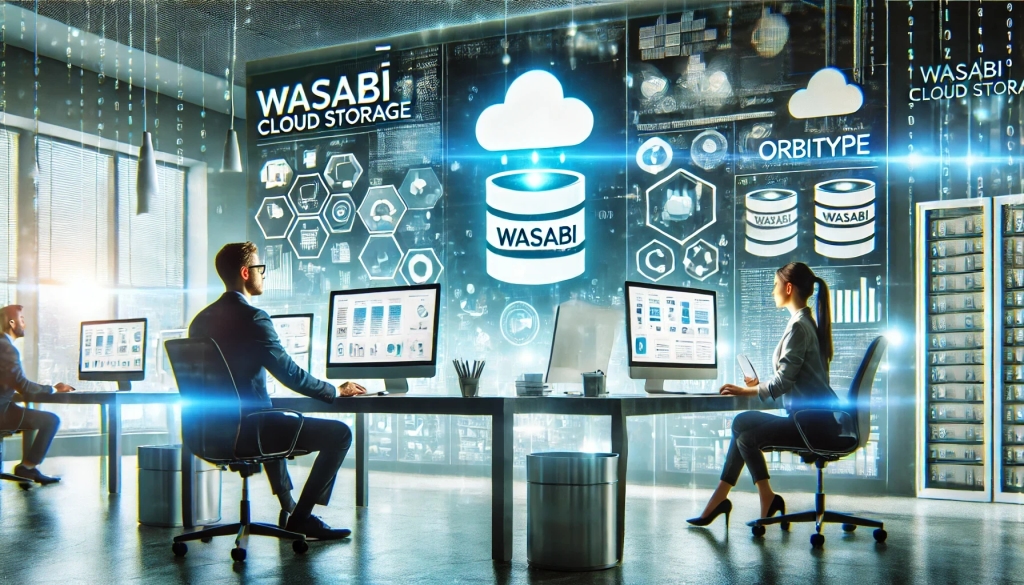
Seamless Data Management: Integrating Wasabi Cloud Storage with Orbitype
Boost your CMS performance with Wasabi Cloud Storage and Orbitype integration. Learn how this cost-effective, scalable solution enhances data management and delivers exceptional results.
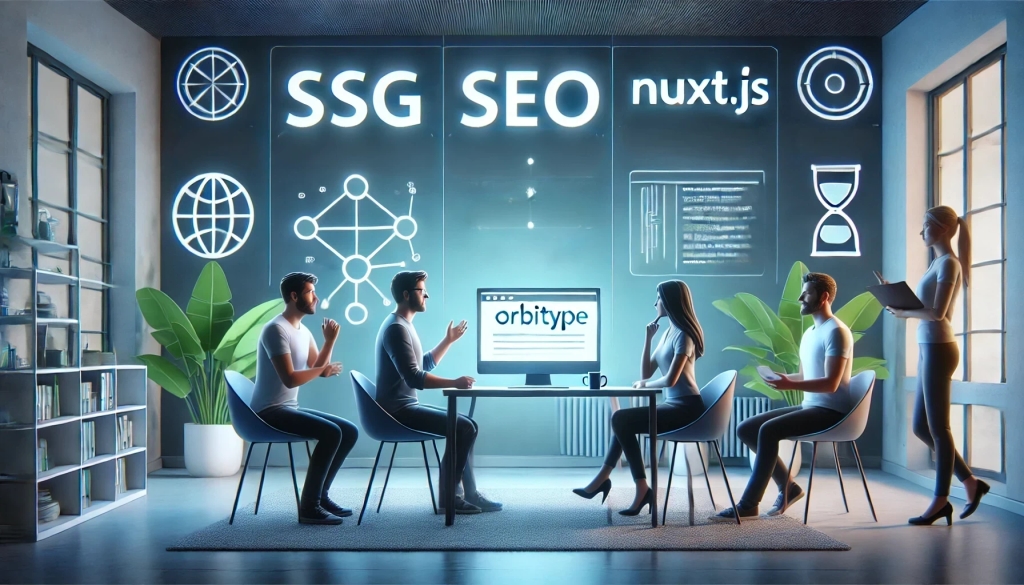
Integrating Orbitype with Nuxt.js for Optimal Performance and SEO
Leveraging Orbitype, a robust headless CMS, with Nuxt.js, a Vue.js framework, provides developers a powerful solution for building fast, SEO-optimized websites. This blog post explores how the integration of Orbitype and Nuxt.js harnesses the benefits of static site generation (SSG) and server-side rendering (SSR), thanks to Orbitype's API-driven content management system.
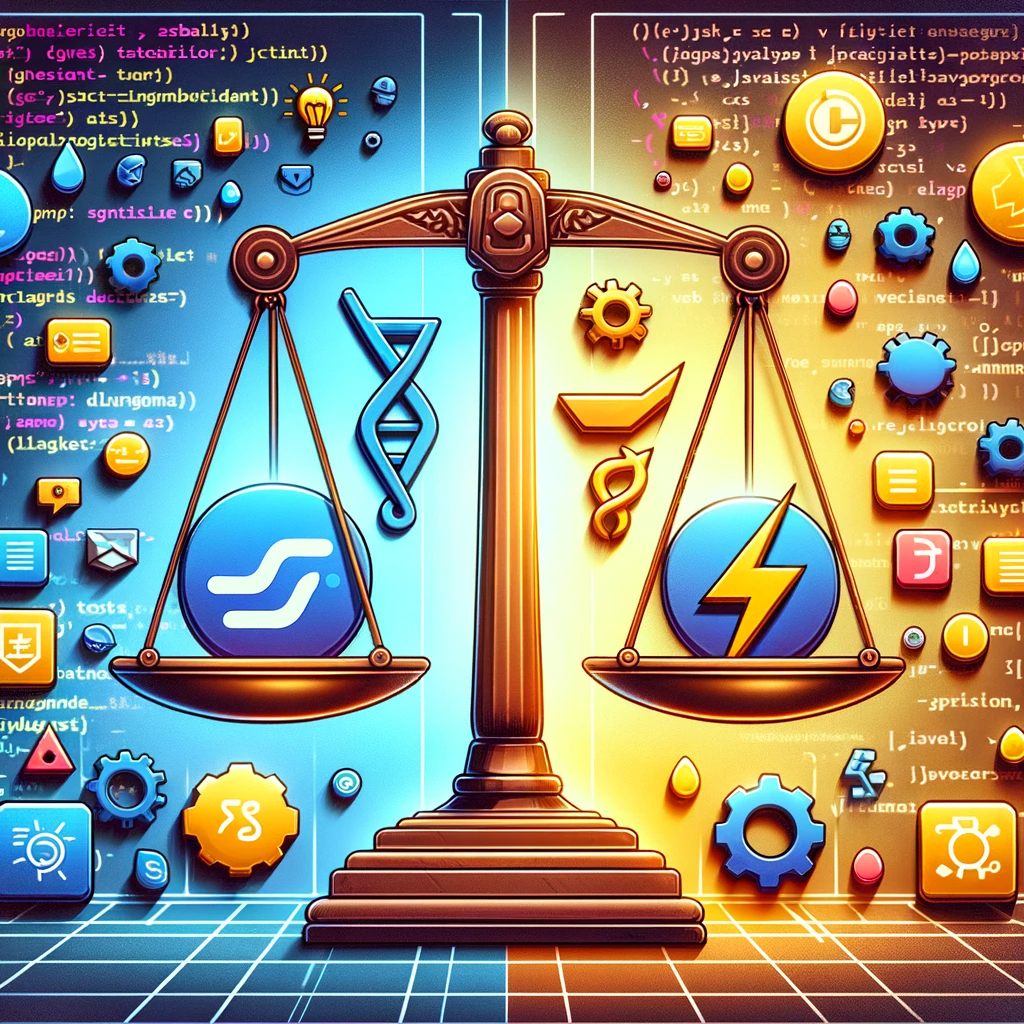
TypeScript vs. JavaScript
Discover the synergy between TypeScript and JavaScript for web development. Learn how Orbitype supports Nuxt CMS, headless CMS for Nuxt, and future-ready digital trends.
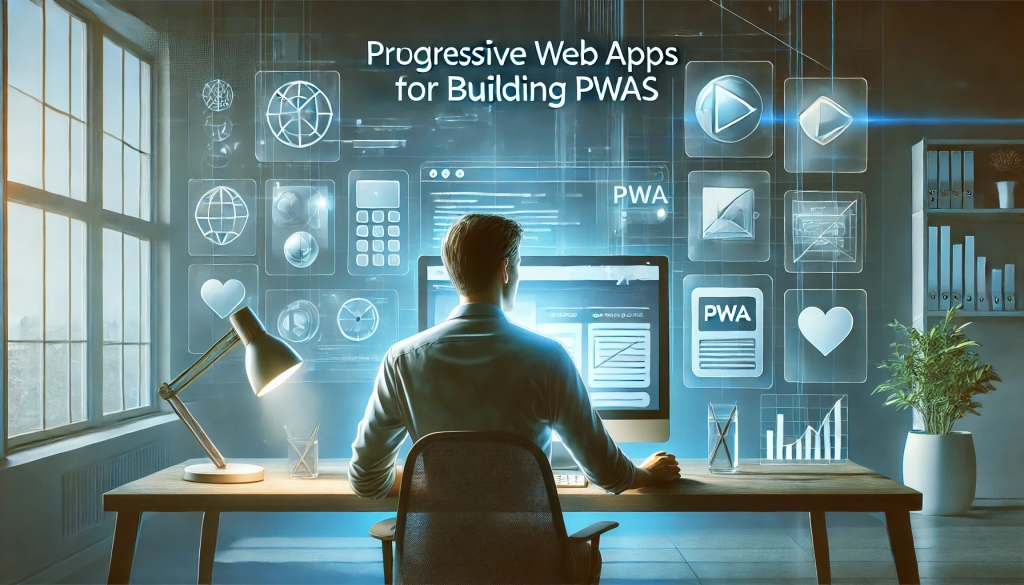
Building Progressive Web Apps (PWAs) with Orbitype
Explore how Orbitype enhances Progressive Web Apps (PWAs) with optimized performance, offline capabilities, and seamless content management for superior user experiences.

Leveraging Orbitype for Efficient Content Management in E-Commerce
nhance your e-commerce performance with Orbitype CMS. This scalable headless CMS simplifies content management, boosts SEO, and seamlessly integrates with Shopify, WooCommerce, and Magento for dynamic, flexible solutions.

Mastering Third-Party Integrations with a Headless CMS for Efficient Workflows
Streamline workflows and scale your business with seamless third-party integrations using Orbitype's flexible headless CMS—designed for efficiency, automation, and growth.

How Orbitype Compares to Headless CMS Leaders in 2025
Struggling to choose the best CMS? Discover how Orbitype compares to headless CMS leaders in 2025, solving complexity and scalability challenges with ease. Try Orbitype!
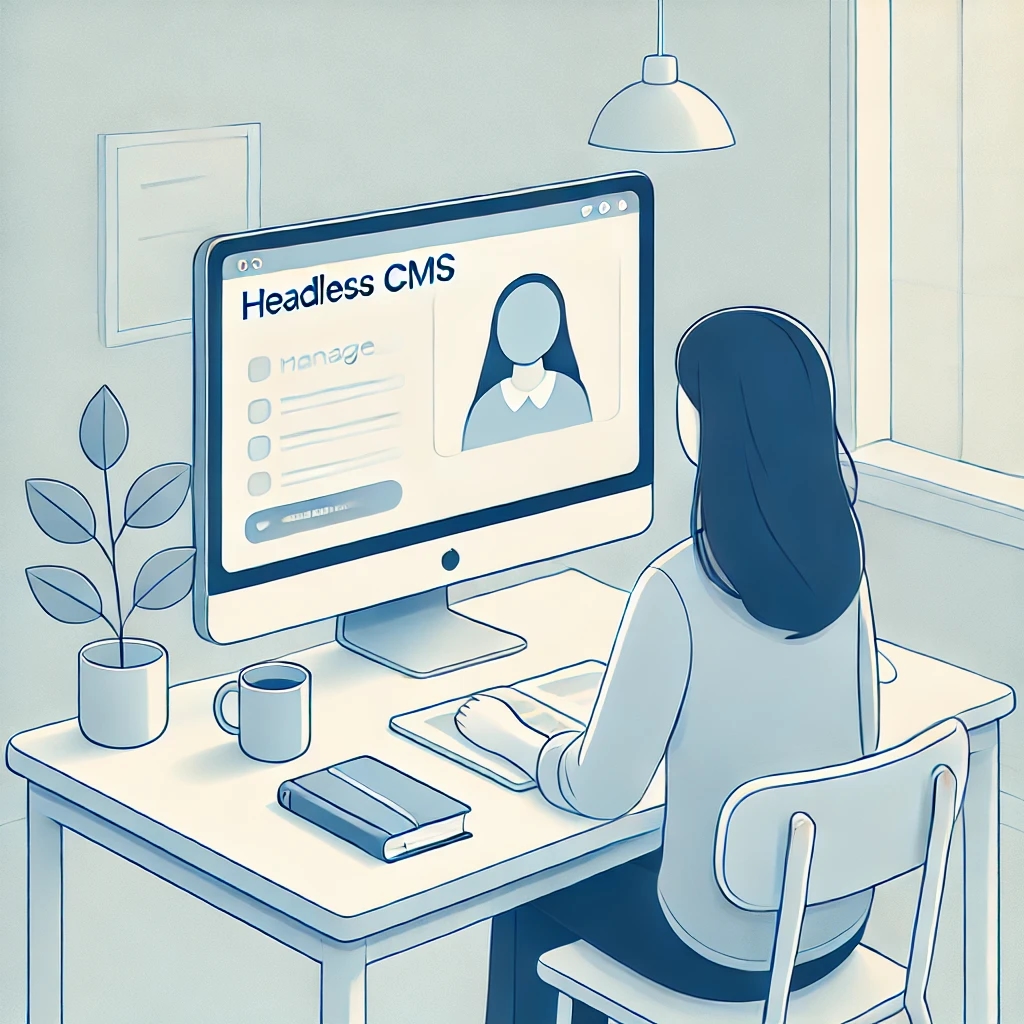
How Educational Institutions Benefit from Headless CMS for Online Learning
Enhance online learning with a Headless CMS. Discover how centralized content management, scalability, and seamless multi-channel access can transform educational platforms.
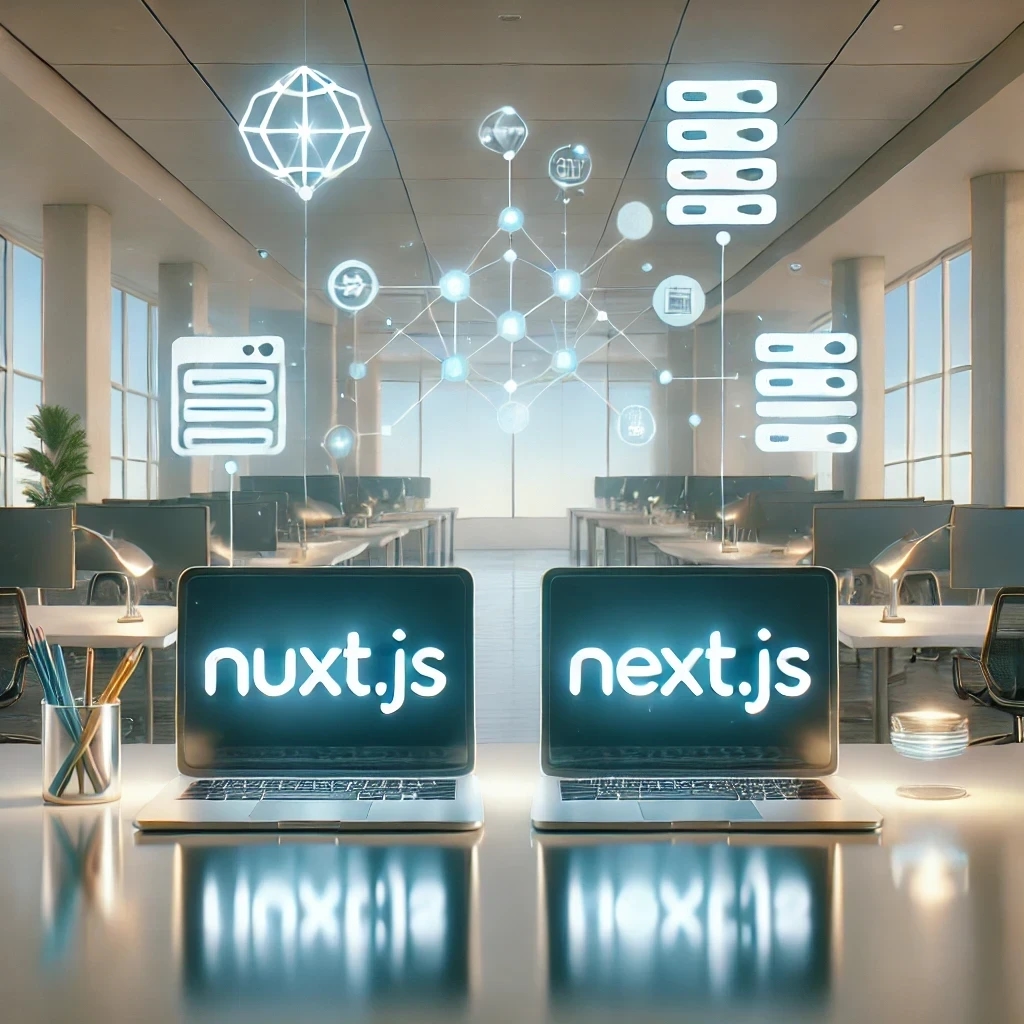
Nuxt vs Next: Which Framework Works Best with Headless CMS?
Compare Nuxt.js and Next.js to find the best frontend framework for your Headless CMS. Discover which offers better performance, scalability, and flexibility for dynamic web projects.

Streamlining Development: Integrating Orbitype with Top DevOps Tools
Discover how to integrate Orbitype with leading DevOps tools like Jenkins, Docker, and Kubernetes. Learn best practices for automating deployments, containerizing Orbitype, and scaling efficiently while streamlining workflows for continuous integration and delivery.
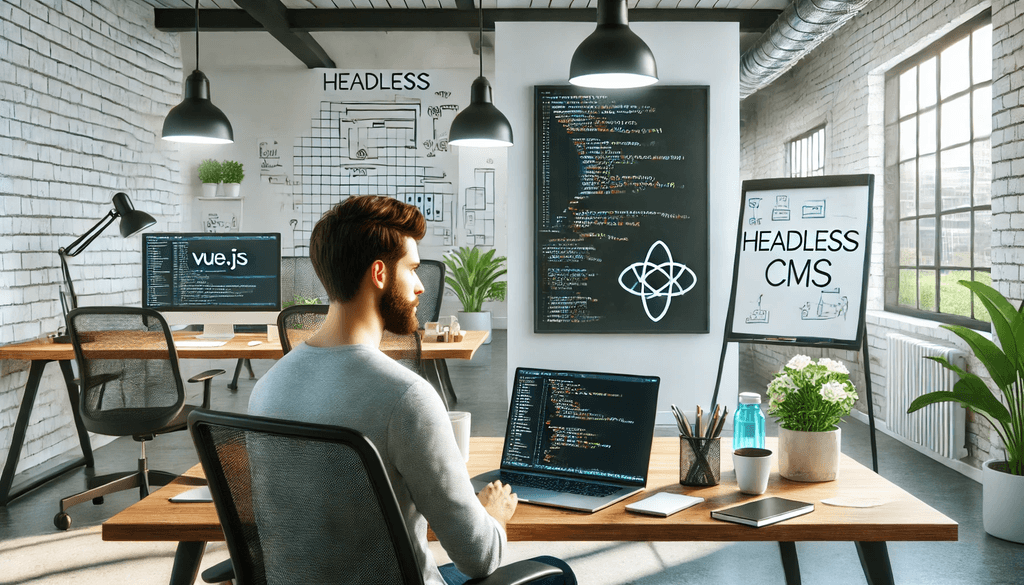
Building High-Performance Vue Apps with a Headless CMS
Discover how to optimize Vue.js apps with a Headless CMS for high performance, scalability, and SEO. Learn best practices and tools for creating dynamic web apps.

SQL or NoSQL: What's Best for Mobile Applications Using Orbitype?
Explore Orbitype, the ultimate headless CMS for React developers, offering seamless content management, enhanced performance, and flexibility to create dynamic web applications with ease. Learn how Orbitype simplifies workflows and boosts productivity.
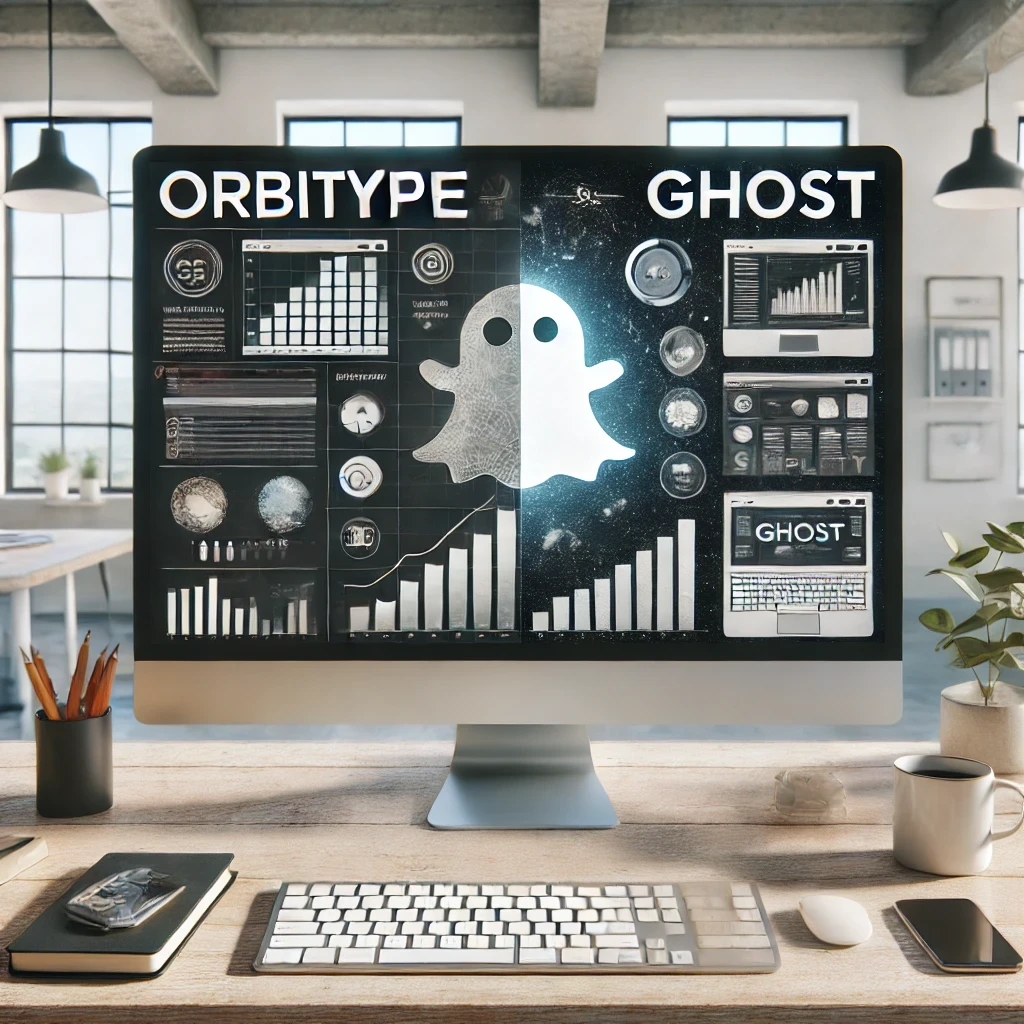
Comparing Orbitype and Ghost: Best CMS for Blogging in 2025
Compare Orbitype and Ghost to find the best CMS for blogging in 2025. Discover which platform suits your goals, from scalability to simplicity and dynamic content

Top 5 Alternatives to WordPress for Modern Developers in 2025
Discover the top WordPress alternatives for 2025, including Orbitype, Contentful, and Strapi. Explore modern CMS platforms offering scalability, flexibility, and cutting-edge tools for developers.

Security and Compliance in Headless CMS: Focus on Orbitype
Explore headless CMS security with Orbitype: advanced authentication, data encryption, and compliance with GDPR & CCPA. Learn best practices for secure CMS operations.

10 Tips for Optimizing Core Web Vitals in Headless CMS Websites
Discover 10 actionable tips to optimize Core Web Vitals for Headless CMS websites. Improve performance, SEO, and user experience with these essential strategies.
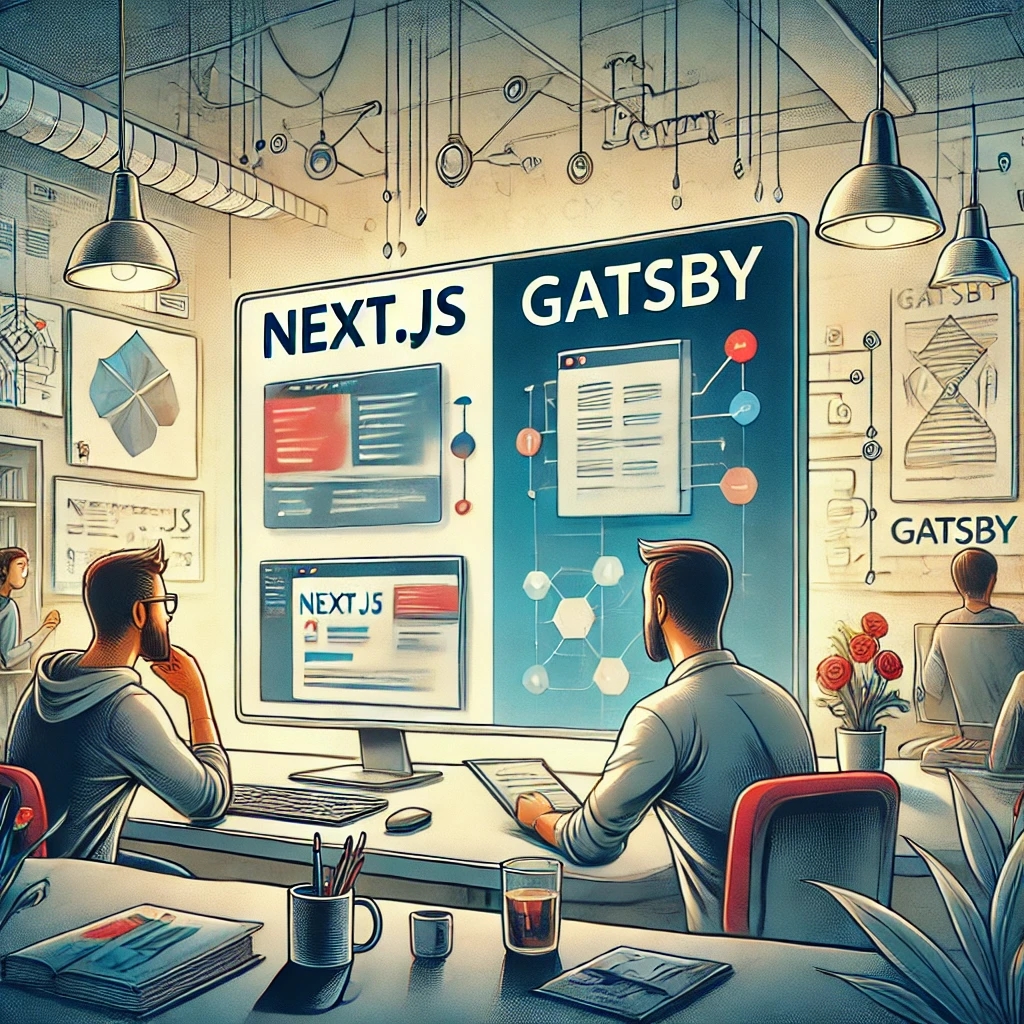
Next.js vs Gatsby: Which Works Best With a Headless CMS?
Choosing between Next.js and Gatsby can be challenging when working with a Headless CMS. This guide breaks down their strengths and helps you decide which framework works best for your dynamic or static content needs.

CMS for Vue.Js - Orbitype Headless CMS
Explore Orbitype, the best Headless CMS for Vue.js, offering seamless API integration, dynamic content management, and unmatched performance for interactive front-end development.

CMS for Nuxt - Orbitype Headless CMS
Optimize your Nuxt.js projects with Orbitype, the API-first Headless CMS offering scalable content management, multimedia repositories, and enhanced SEO for modern web applications.
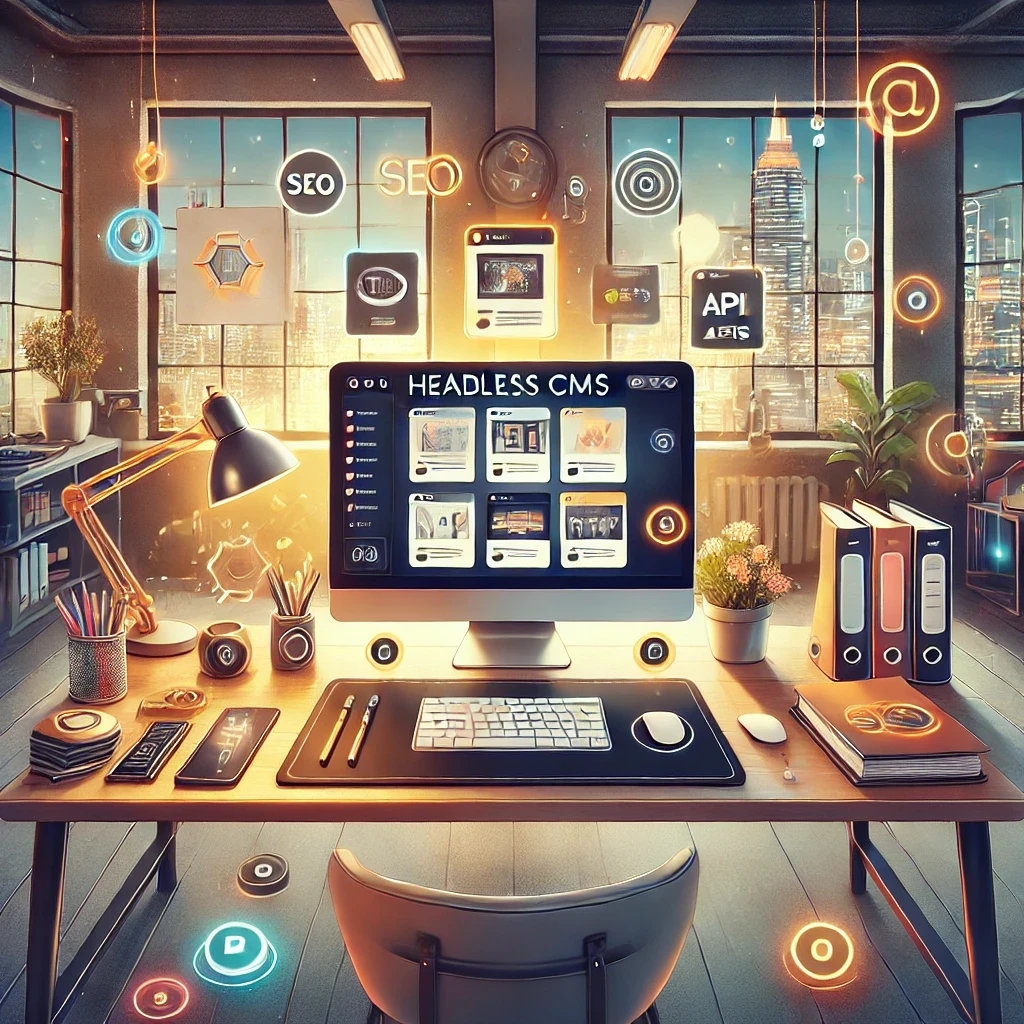
Best Headless CMS Solutions for Portfolio and Personal Websites
Showcase your work with ease using Orbitype—the ultimate Headless CMS for portfolio and personal websites. Enjoy seamless integration, powerful customization, and SEO-friendly features designed for creators and developers.

How Headless CMS Empowers Omnichannel Marketing Strategies
Boost your omnichannel marketing strategy with a Headless CMS. Centralize content management, deliver personalized customer experiences, and ensure consistency across platforms.
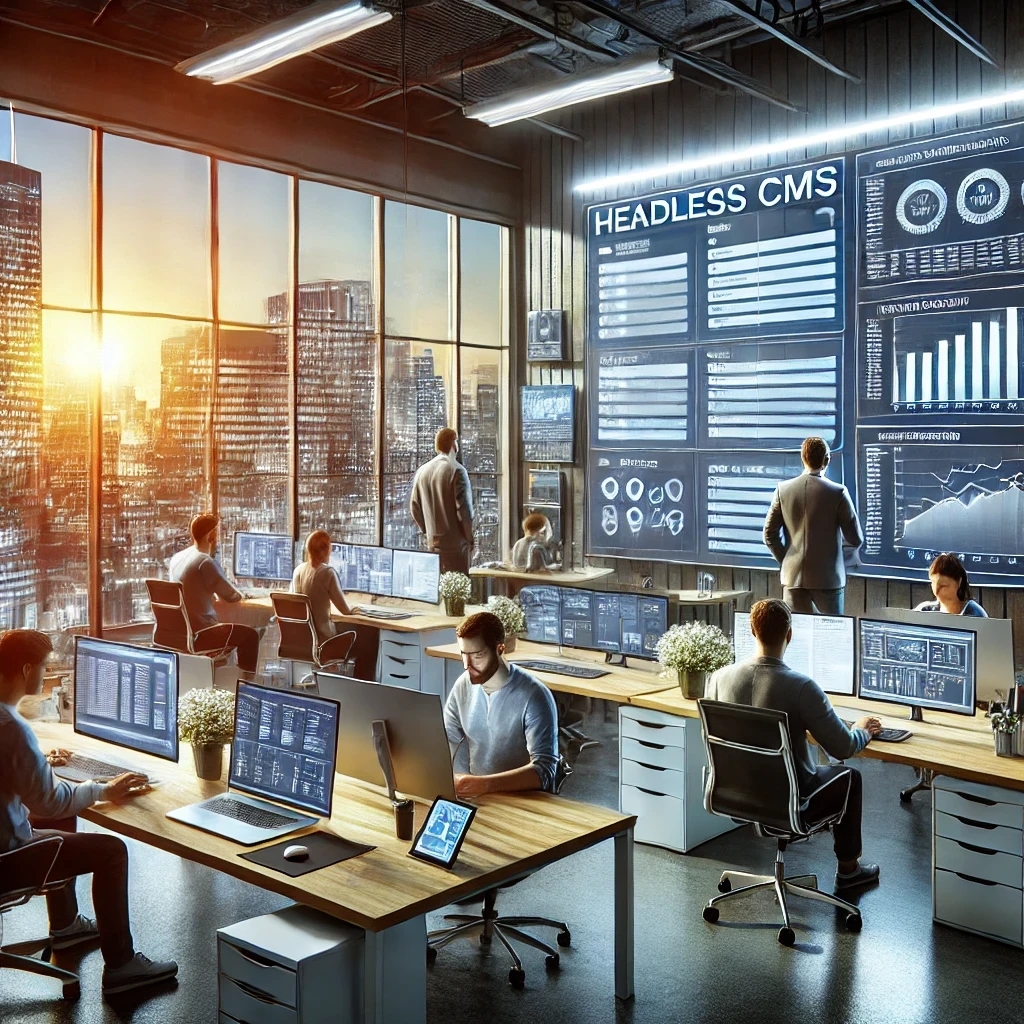
How to Scale Your Website with a Headless CMS for High Traffic
Scale your website effortlessly with a headless CMS like Orbitype—achieve faster load times, seamless scalability, and reliable performance during high-traffic surges
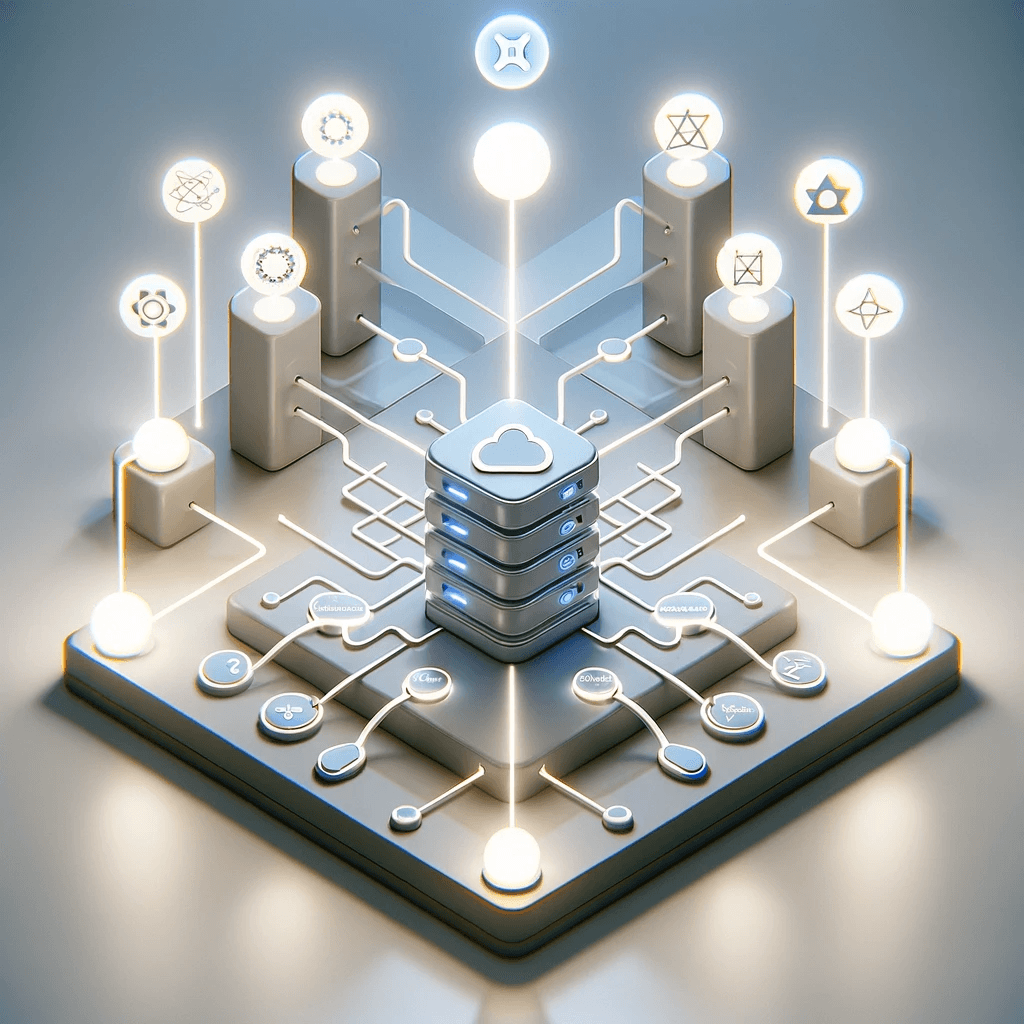
CMS for React - Orbitype Headless CMS
Orbitype is the ideal CMS for React developers, combining seamless API integration, flexible content management, and scalability to create fast, dynamic, and customizable web applications effortlessly.
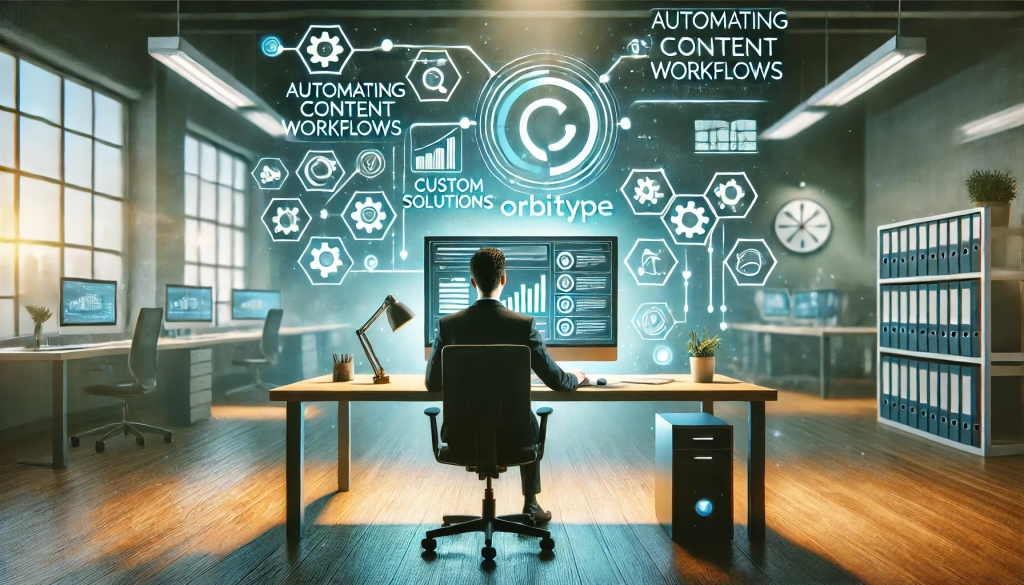
Automating Content Workflows with Orbitype’s Custom Solutions
Discover how Orbitype's custom CRM and ERP solutions revolutionize content workflows. Automate processes, reduce manual tasks, and improve productivity for software development agencies with tailored tools for seamless collaboration and efficiency.